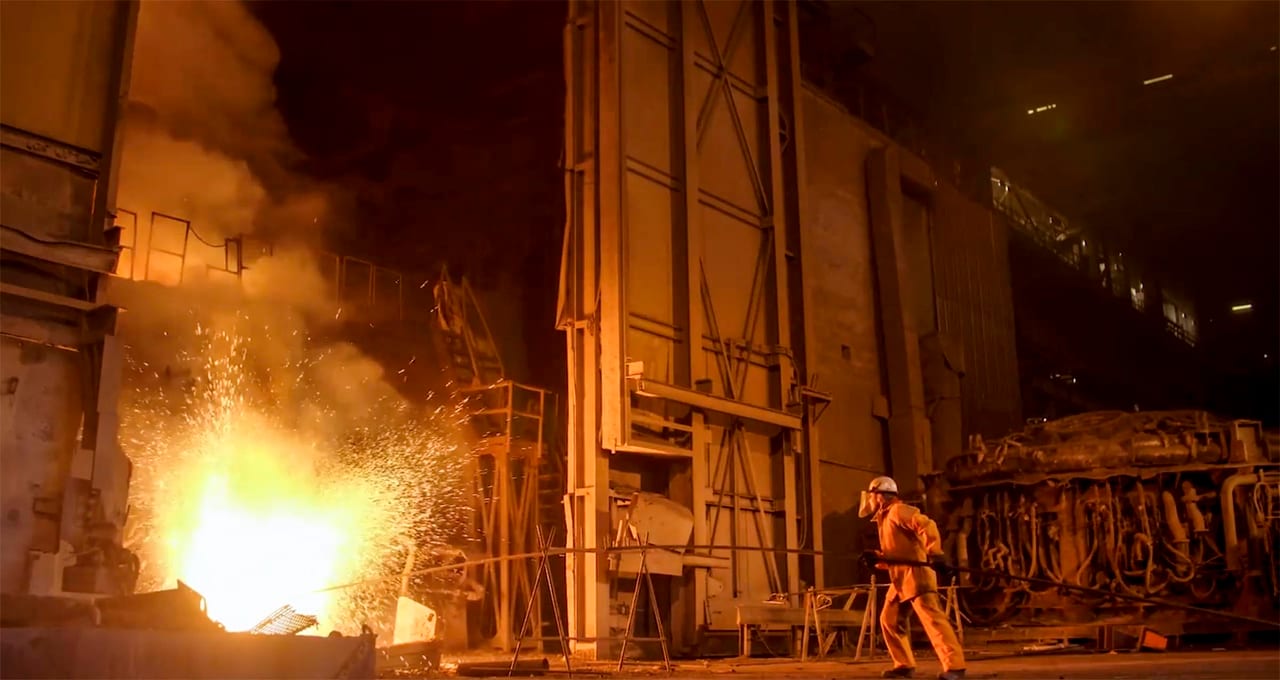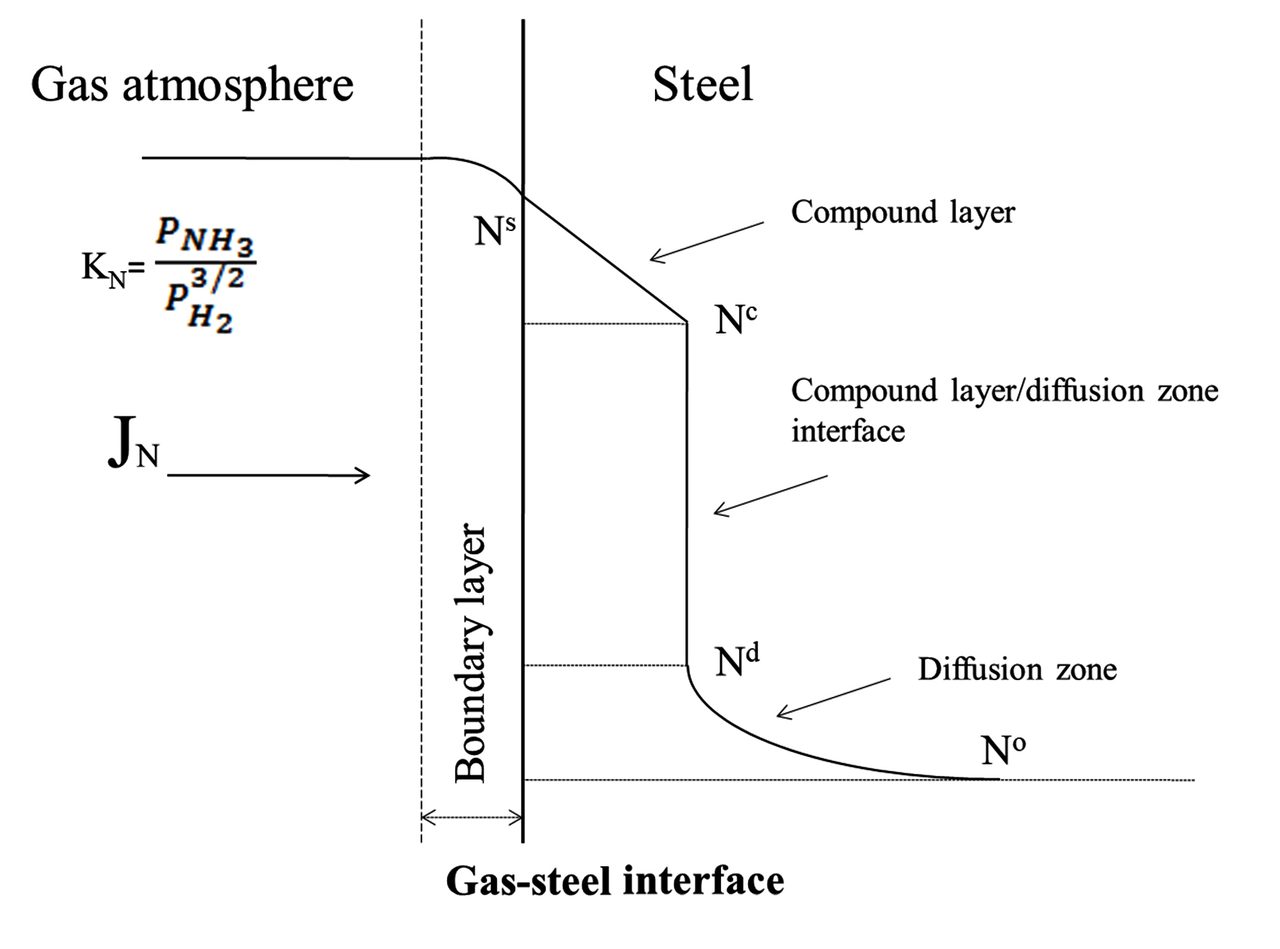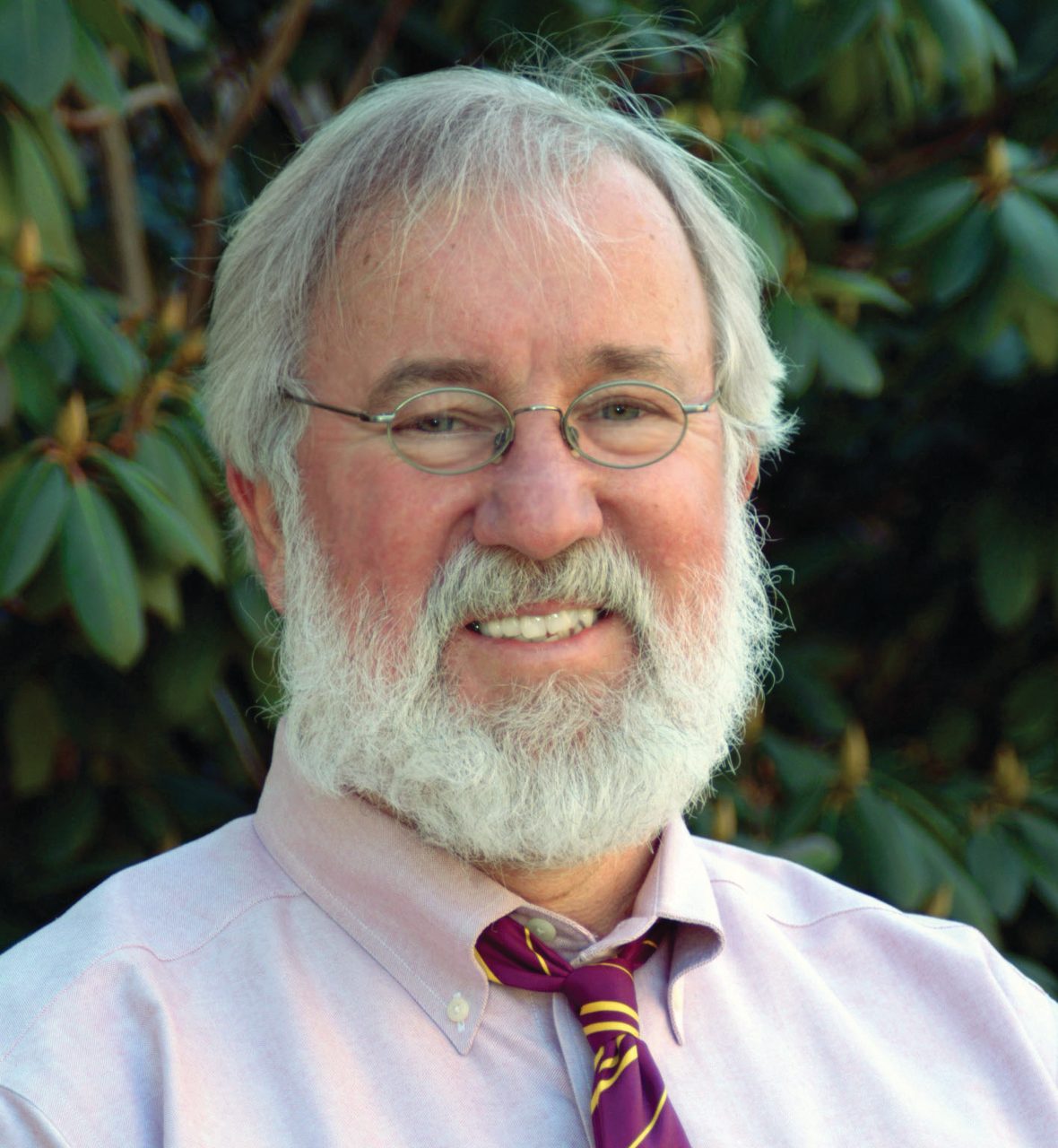PULSE
ACADEMIC
Get to Know CHTE
Richard D. Sisson Jr. – Center for Heat Treating Excellence (CHTE)
The Center for Heat Treating Excellence (CHTE) at Worcester Polytechnic Institute was founded 20 years ago from the vision of the ASM Heat Treating Society’s (HTS) R&D committee. They wanted to provide a research home for the heat-treating industry to support their precompetitive research needs. CHTE is an industry-university collaboration to conduct industry-proposed and industry-specified research projects.
Researchers and engineers at CHTE are supported by Worcester Polytechnic Institute (WPI), one of the best technological universities in the country. The CHTE team consists of faculty experts, students and research staff in thermal processing and thermal engineering, heat-treating process simulation, carburizing, nitriding, quenching, distortion and residual stress. Our work is experimental and computational.
Most heat treatments are performed in the member company’s commercial furnaces. The CHTE team then performs the detailed characterization and testing of the heat-treated samples and applies state-of-the-art analysis of the results. CHTE applies the most current analytical software tools (Dante and ThermoCalc) to model the processes being investigated. CHTE has developed new software (CarbTool, CarbonitrideTool, NitrideTool and FNCTool) to simulate these important surface-engineering processes.
The product of CHTE is the research results and applications. We also provide graduates who are ready to work in the heat-treat industry. Each year our graduates go to work in industry armed with experience and knowledge of working directly with industry. CHTE also provides opportunities for networking and meeting other industry experts face-to-face at our biannual project review meeting.

CHTE’s heat-treatment and thermal-processing areas of expertise include:
- Austempering
- Austenitizing
- Carbonitriding
- Carburizing
- Nitriding
- Tempering
- Quenching
- Ferritic nitrocarburizing
- Process simulation
- Residual stress and distortion
CHTE’s recent research projects include:
- Distortion and residual stress
- Austempering
- Life extension of furnace alloys and fixtures
- Heat treatment of additively manufactured parts
- Carburizing and carbonitriding process optimization
- Understanding, controlling and optimizing quenching
Researchers at the Center for Heat Treating Excellence (CHTE)
Current Projects
CHTE is currently working on several projects.
Induction Tempering of 4140 Steel Rods
The objectives of this project are to generate data for microstructure and mechanical properties of induction-hardened and induction-tempered steel rods versus conventional furnace-hardened and furnace-tempered steel rods. The project aims to determine if induction tempering can produce improved mechanical properties with considerably shorter tempering cycle times. It is a continuation of a previous project on induction tempering versus furnace tempering.
Post-processing of Additively Manufactured Parts
The objective of this project is to evaluate the effects of post-processing on microstructure, porosity distribution and mechanical performance of additively manufactured (AM) parts. AM processes can develop microstructures that contain porosity and unique microstructures. Pores can act as fatigue-crack nucleation sites that significantly reduce the service life of the AM parts.
Two AM processes for 17-4 PH stainless steel are being investigated: selective laser melting (SLM) and binder jetting (BJ). These AM processes develop significantly different microstructures. SLM is a melting process exhibiting some rapidly developed microstructural features and some developed by multiple heat-treating cycles. BJ is a powder-sintering process that is similar to metal injection molding. The post-processing of the 17-4 will heat treat the parts to the desired temperature and reduce or eliminate porosity. Post-processing heat treatments include hot isostatic pressing (HIP).
Ferritic Nitrocarburizing (FNC)
Ferritic nitrocarburizing (FNC) is a relatively new surface-treating process. It could be described as a nitriding process modified with the addition of a carburizing gas to the nitriding atmosphere. This carbon addition accelerates the heat-treating process. CHTE has developed a software product called NitrideTool to simulate the nitriding process. We are modifying that software to model the FNC process.
The objectives of this project are to:
- Develop a fundamental understanding of the FNC process. Experimental data is being collected to determine the critical variables needed to understand and model the process. Detailed microstructural analysis is being conducted to determine the microstructure in the compound layer and diffusion zone (Fig. 1).
- Develop a computational model for the gas FNC process to predict the compound layer composition and thickness as well as the case depth and phase in the case.
- Verify the model experimentally.


For more information: Contact Richard D. Sisson Jr., director of the Center for Heat Treating Excellence (CHTE), Worcester Polytechnic Institute, 100 Institute Road, Worcester, MA 01609; tel: 508-831-5335; e-mail: [email protected]; web: https://wp.wpi.edu/chte/.
All graphics provided by the author.
INDUSTRIALHEATING.COM | BACK TO CONTENTS | MARCH 2022



